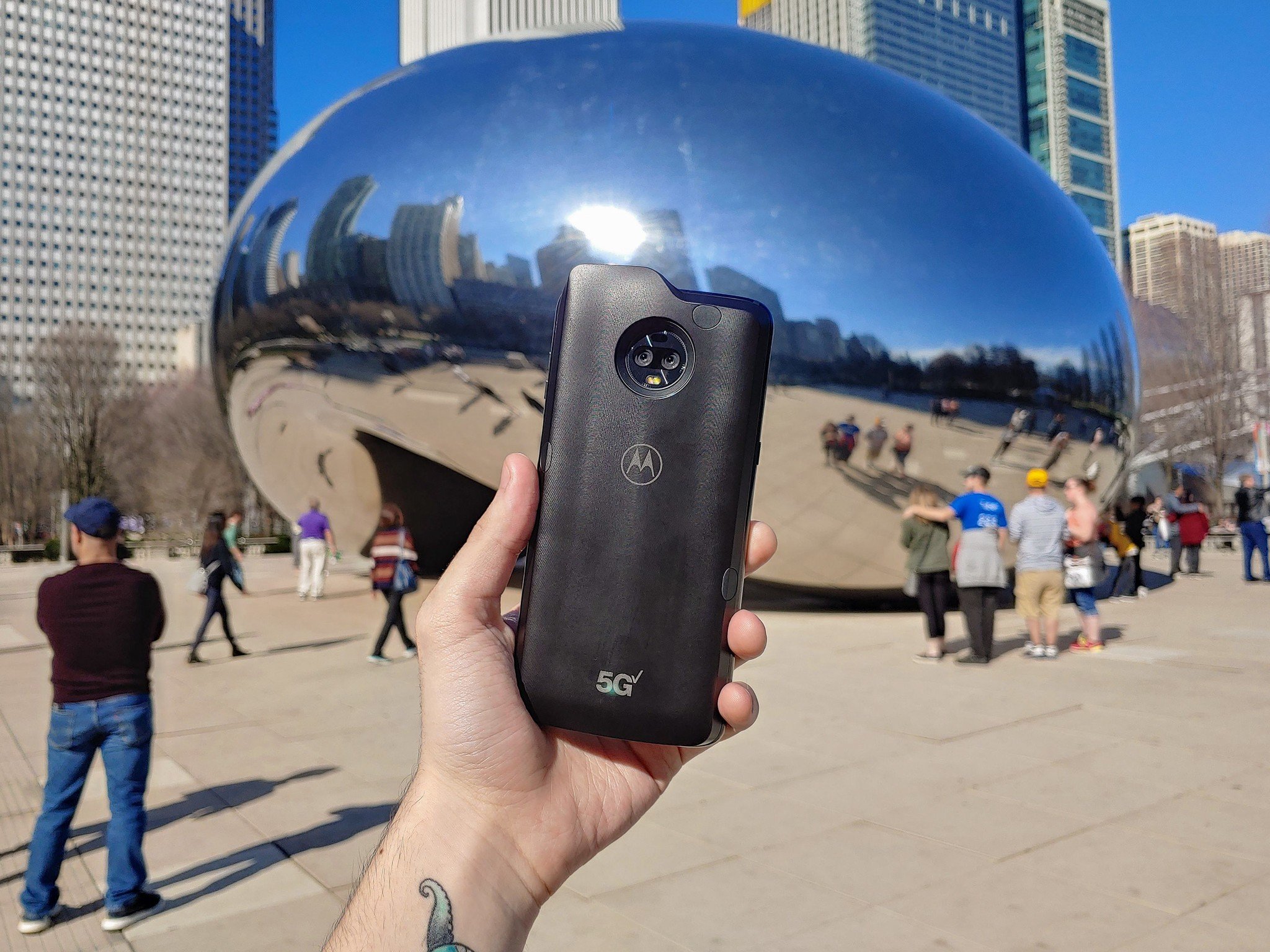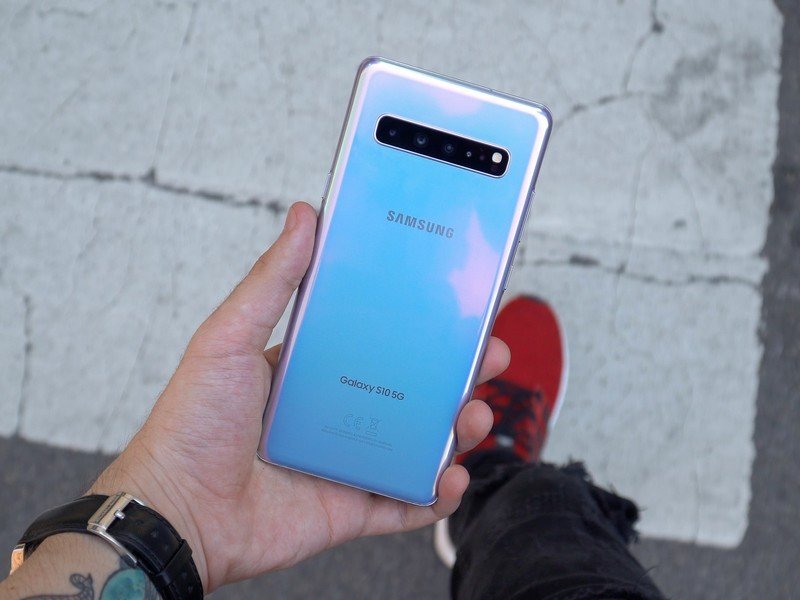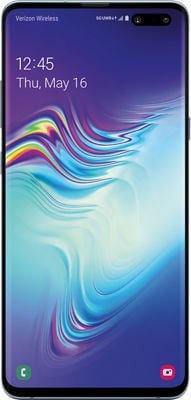2020 will finally be the year to invest in 5G

There's been a lot of talk around 5G throughout the year. I've personally tested Verizon's Ultra Wideband 5G network and Sprint's far more practical Sub-6 network in beautiful Chicago, and while I still carry an LTE phone, we've seen quite a few 5G-capable devices launch in 2019.
The Moto Z4 largely kicked off the 5G race with its 5G Moto Mod accessory that enabled support for Verizon's UWB network with a dedicated Snapdragon 855 chipset while keeping the cost of entry at a minimum — for the first few months, Verizon even offered the 5G Moto Mod for free in bundle deals to incentivize early adopters.
Other devices like the Galaxy S10 and OnePlus 7 Pro have since launched with optional 5G variants at a premium, while others still have been released with no sans-5G version, like the LG V50. Some newer flagships, including extra-pricey phones like the iPhone 11 Pro Max and Galaxy Fold, don't offer 5G at all, no matter how much you spend (though there is a 5G Fold in some countries).

While it's great that we have options, the inconsistency is hard to overcome — and more annoyingly for me, there aren't any small 5G phones to choose from. I'm not a phablet kind of guy (I'm using that term one last time before we leave it behind with the 2010s, never to be uttered again), and the Galaxy Note 10 I currently carry is on the upper limit of what I'm willing to keep in my pocket.
For better or worse, the Snapdragon 865 will mandate 5G in every 2020 flagship.
It's pretty safe to assume that battery life is to blame for the complete lack of small form factor phones with 5G, but in my experience with larger phones like the Galaxy S10 5G, the up-and-coming network seems to have a surprisingly negligible added impact on longevity.
But there's also just not much reason to invest in 5G yet; coverage is still scarce, data plans with 5G are typically more expensive, and once again, the devices themselves are pricier as well.
Some of that's about to change with the shift to the upcoming Snapdragon 865 chipset in 2020. With the 865, Qualcomm is no longer integrating a modem into the chip — not even an LTE-only one. Instead, manufacturers will need to include a separate X55 modem, meaning like it or not, 5G will no longer be optional.
Get the latest news from Android Central, your trusted companion in the world of Android

Every 2020 flagship with a Snapdragon 865, large or small, will work with either Sub-6 or mmWave technologies, and some will support both. That's great news if you've been in the market for a 5G-capable phone, since it means your options will be virtually unlimited, but if you live in a city without 5G availability, it could be a reason to steer clear of early 2020 releases altogether.
5G already creates a bit of additional battery drain and generates a ton of heat, and the need for yet another chip inside of your phone means less room for a large battery. That's only going to exacerbate battery-related complaints with small phones; it's hard to imagine a followup Pixel device with even worse battery life than the Pixel 4, but I'm already preparing for the worst with next year's model.
Still, these aren't entirely new problems. Looking back at early 4G rollout makes the current state of 5G actually comparatively impressive, and we all remember the hours-long battery life of the HTC Thunderbolt and other premier LTE devices. Things have to get worse before they can get better, and 2020 is the year things will get worse. For the better.

The most versatile 5G phone of 2019
The Galaxy S10 5G takes everything that makes the S10 series great and adds in an extra camera, a larger screen, and of course, 5G support on either Verizon or Sprint. It's incredibly powerful, not to mention eye-catching, and packs nearly every feature under the sun.

Hayato was a product reviewer and video editor for Android Central.
